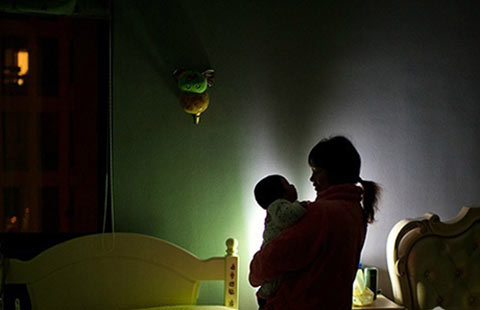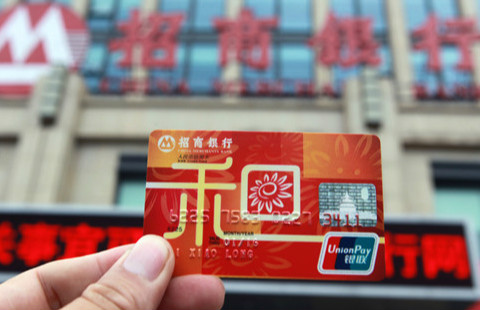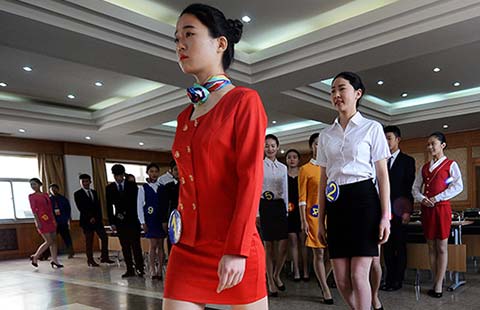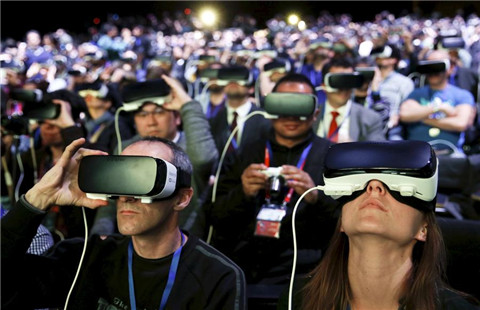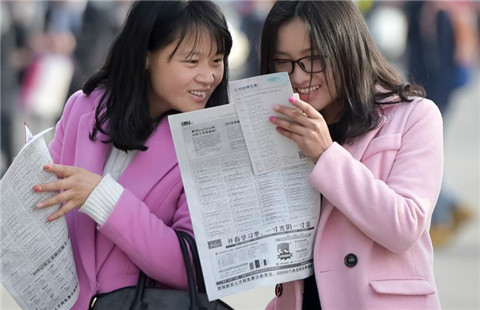Going from 0 to 390 billion yuan: Three images unlock the secret to Huawei's growth
(chinadaily.com.cn) Updated: 2016-02-24 10:04390 billion yuan. In 2015, Huawei's revenue reached new historic heights, and its business grew at a record rate. Compared to 20.6 percent growth in 2014, and 8.5 percent in 2013, Huawei's annual revenue in 2015 increased by 35.3 percent year-over-year. While Cisco and Ericsson were in a financial slump, and IT giants were trimming down their operations with constant layoffs, Huawei experienced unprecedented growth.
Needless to say, at 28 years old, Huawei is at its strongest yet. Competitors are disappearing left and right, and yet Huawei continues to grow stronger. Its carrier business surpassed Ericsson and now leads the flock. Its consumer business is firmly planted at number three in the world, and development in its enterprise business has thrown open the doors to a multi-billion-dollar market. Starting in 2011, Huawei split its operations into these three different business groups: carrier, enterprise, and consumer. And 2015 has served to validate that strategy.
There's a saying in Chinese chess (xiàngqí), "When these three pieces cross the river, the general's knees begin to quiver." In this game, each player has 16 pieces. As long as you keep the chariot, horse, and cannon close together on the enemy's flank, you can arrange these three attack pieces into all sorts of deadly formations. In the trillion-dollar ICT market, Huawei's focus on cloud, pipe, and device are these so-called "three pieces that crossed the river." Their strategy is focused, their direction is clear, and they reject short-term opportunism. They throw themselves into their work with fervor, and the ground quakes beneath their advancing cavalry. And when their technology—like artillery—is ready and in position, they strike out as one like a pack of wolves, with strategic breakthrough just beyond the horizon.
So how did Huawei's people build the company into what it is today? Many of those on the outside have tried to interpret Huawei's growth from a number of different perspectives. But without a doubt, Huawei's employees know themselves the best. From the professor Li Xiaowen's modest cloth shoes, then a ballet dancer's feet, to Florence Griffith Joyner in full sprint, footsteps have been a running theme of Huawei's advertising for the past few years. This theme is based on Huawei's core values and methodology: their work begins with solid fundamentals, and proceeds step by step with a long-term focus on pipe innovation; their people persevere over great lengths of time and, in the end, they achieve strategic breakthrough.
At the beginning of the year, Huawei revealed the path to its success with the "Focus. Persevere. Breakthrough." ad campaign, which explores ongoing strategic focus, strategic investment, and the relentless pursuit of strategic breakthrough.
- Danish chocolate maker Mars massively recalls candy bars
- 'Toilet revolution' must flush away bad memories
- China market no child's play for foreign toymakers
- LeSports purchases exclusive broadcast rights to CSL games
- Amazon launches paid unlimited reading service for Chinese
- Haier shows latest smartwatch
- Top 7 Chinese tech gadgets debut in Spain
- Chinese deals lead list of acquisitions reviewed by US
